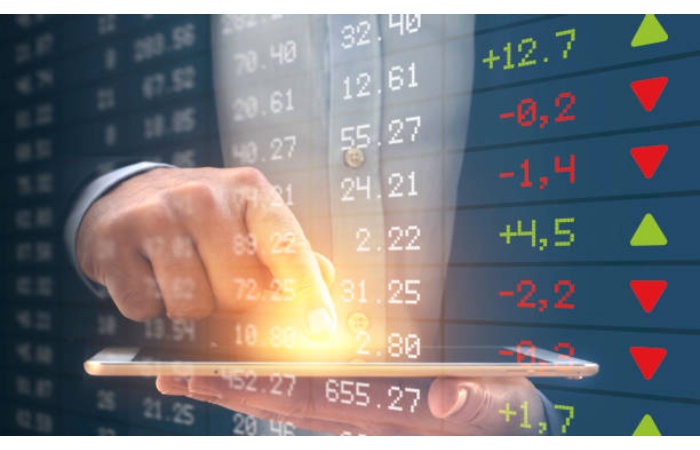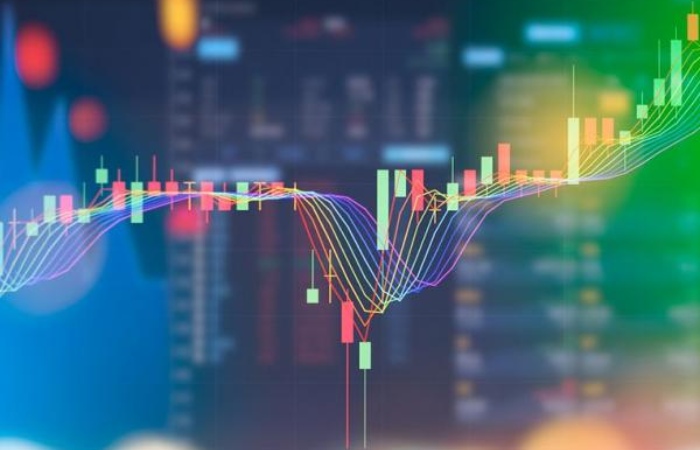CFD trading, or Agreements for Difference trading, is a progressively popular method for investors to participate in the financial markets. It lets you speculate on the value of various assets without owning them directly. Whether you are new to trading or want to diversify your investment portfolio, CFD trading offers a flexible and affordable solution.
This guide will cover the basics of CFD trading, highlight its numerous benefits, and provide information on how to get started. By the end of this article, you will clearly understand CFD trading and why so many investors are attracted to its benefits.
What is CFD Trading?

CFD trading lets you gamble on the price movements of monetary instruments such as stocks, commodities, indices, and cryptocurrencies. Instead of buying the underlying asset, you enter into a contract to exchange the difference in the asset’s price from when the trade is opened until it is closed.
For example, if you think the price of gold will rise, you can open a CFD position to buy gold. You profit from the difference if the price increases and you close your position. Conversely, if the price falls, you incur losses.
Key Features of CFD Trading
Versatility – Trade on various markets, including forex, indices, commodities and cryptocurrencies.
Two-Way Trading (Long and Short) – CFDs allow you to profit from bullish and bearish markets, offering unrivalled flexibility in your trading strategy.
CFDs provide traders with dynamic tools to maximize the potential of market movements without physically holding the asset.
Benefits of CFD Trading

CFD trading is popular for a reason. It offers numerous benefits that make it attractive to traders of all levels. Below are some of the key benefits you can enjoy when trading CFDs:
Access to multiple markets.
One of the most important benefits of CFD trading is the ability to access multiple markets from a single platform. You can trade currencies, commodities, stocks, indices, and even cryptocurrencies without switching between different trading platforms or brokers.
This variety allows you to build an expanded investment portfolio quickly. For example, you can trade the price of crude oil while speculating on the movements of major standard indices, such as the S&P 500.
Trade without owning assets
Trading CFDs eliminates the need to own the underlying asset physically. For example, if you were to invest in gold traditionally, you would need to buy and store the physical commodity. With CFDs, you can trade the value of gold without commerce with the hassle of storage or ownership.
This feature makes CFD trading a convenient option for those wanting to reduce the complexity and risk of owning assets.
Ability to open long or short positions.
With CFD trading, you can benefit from upward and downward price movements. If you think the stock value will rise, you can go long (buy). Similarly, if you expect the price of a stock to fall, you can go short (sell).
This ability to profit from falling markets provides traders flexibility, especially during economic uncertainty or market volatility.
Flexible position sizes
CFDs allow traders to choose position sizes that suit their investment objectives and risk appetite. Whether you are a cautious trader who prefers more minor positions or an experienced investor comfortable with larger trades, CFD platforms typically offer customizable options to suit your needs.
This flexibility is especially valuable for beginners who want to start with small positions while learning the ins and outs of trading.
Advanced Trading Tools CFD Trading
CFD trading platforms typically offer traders a range of advanced tools to enhance their trading experience. These tools include:
Charting software for technical analysis.
Risk management features such as ending loss and taking profit orders.
News and market updates are provided in real-time.
These tools can help traders make conversant decisions, making them especially useful for those new to the financial markets.
Convenience and Accessibility CFD Trading
Modern CFD platforms are designed to be user-friendly and support desktop and mobile access. Whether at home or on the go, you can easily track your trades, analyze markets and execute orders effortlessly.
In addition, the 24/7 nature of many financial markets means you have more flexibility regarding trading hours. Unlike traditional markets, which may have strict trading hours, CFD platforms allow you to trade outside regular market hours.
No restrictions on market access
CFD trading gives traders admission to global markets without the restrictions associated with traditional trading systems. You can speculate on the Australian stock market in the morning and the US stock market in the evening, all from a single platform.
This unlimited access is desirable for traders exploring opportunities across time zones and regions.
Training opportunities CFD Trading
For beginners, CFD platforms often include resources such as educational content, video tutorials, and demo accounts to help you get started. With these resources, you can develop your trading skills risk-free before committing to actual trading.
By experimenting with a demo account, traders can familiarize themselves with market mechanics, strategies, and risk management techniques without risking real money.
How to Start Trading CFDs

Now that you understand the benefits of CFD trading, here is a simple guide to help you get started:
Choose a reliable CFD platform
Choosing the right platform is critical. Look for an easy-to-use interface, competitive trading fees, and access to various markets. Read reviews and do your due assiduousness before signing up.
Study the markets
Before you trade, take the time to research the markets you are interested in. Read market analysis, follow industry news, and use the tools available on your chosen platform to gain deeper insight.
Use risk management tools.
Trading CFDs, like any financial trade, involves risk. Use tools like stop losses to limit potential losses and protect your capital.
Start small CFD Trading
If you are new to CFD trading, starting small is a good idea. Focus on studying market dynamics and developing your strategy before increasing your investment.
Keep learning
Financial markets are dynamic, and staying informed is the key to success. Make time for continued learning through educational materials, webinars, and practice.

